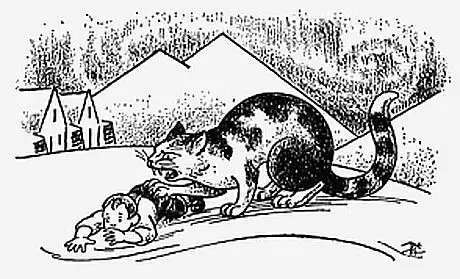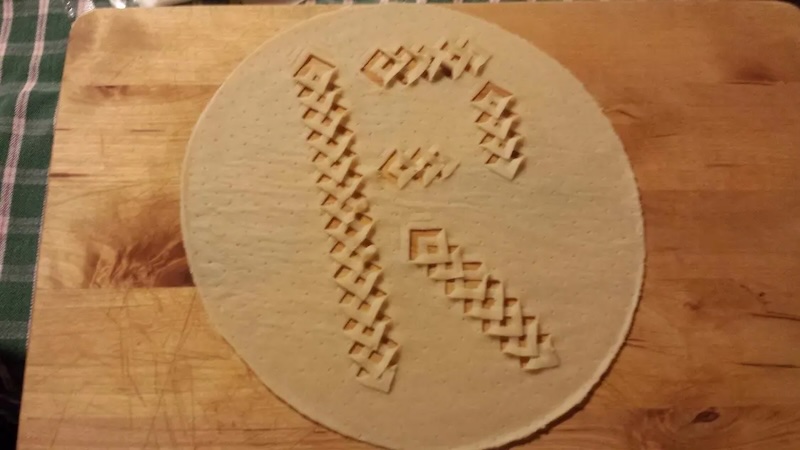Free and exclusive discount codes for hundreds of tours and & travel services in Iceland
Subscribe to instantly receive discount codes for tours, car rental, camper van rental, and outdoor clothing rental. Thank you! ❤️ Jon Heidar, Editor of Stuck in Iceland Travel Magazine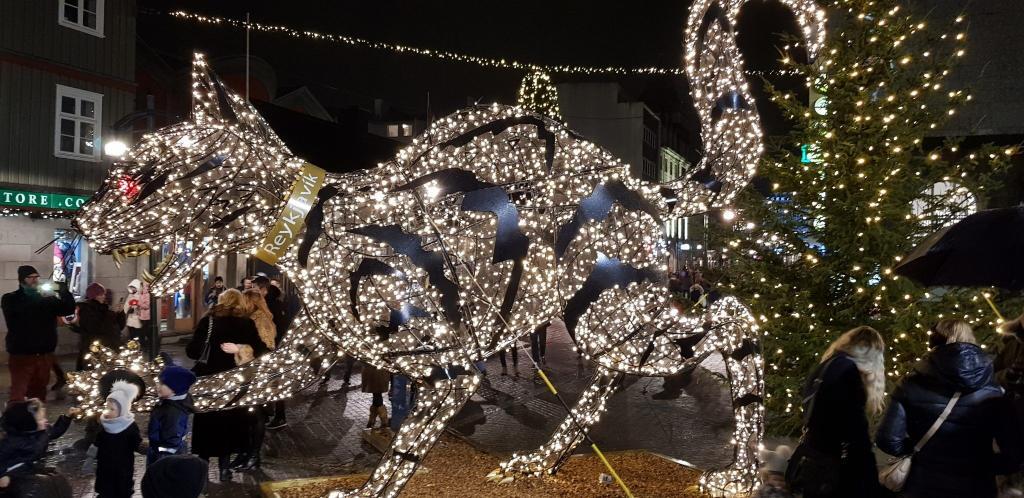
Modern Icelanders love to celebrate Christmas. In a country where people must deal with a long, cold winter, feasting, gift-giving, and merrymaking are welcome distractions. So modern Icelanders go all in for Christmas, or Yule, as we call the festival here. But even if Christmas was a significant event in old-time Iceland, it was highly different from modern-day celebrations. We will see that Icelandic Old-time Icelandic celebrations and traditions were quite outlandish to us modern folks. I know it sounds ridiculous, but it is almost like that back in the day, Advent and Christmas and Christmas seem like an all-out psychological war on children. Read on and see if you disagree!
Pagan origins and hardscrabble life
During the settlement era, people would celebrate the pagan festival of the solstice in style. Chieftains would do their best to outdo each other with grand feasts. Iceland got hit hard when the country’s climate became colder and harsher in the fourteenth and fifteenth centuries. This is known as the ‘Litle Ice Age. Frequent plagues, long, brutal winters, little (or no availability) of imported goods, famine, and destructive volcanic eruptions piled up in a heap of misery throughout the centuries. Not to sound dramatic, but Icelanders were sometimes on the edge of extinction. It didn’t help that the ruling classes responded to the challenging conditions by doubling down on unproductive sustenance agriculture. It is popular to blame the Danish king for all the hardship and his ministers, but the Danes had limited power over their remote dominion.
Indentured servitude made things worse.e
Harsh laws that placed most people in indentured servitude to farmers stifled all economic and social progress. Farmhands were utterly beholden to farmers who owned or leased enough land to be eligible to have servants. Corporal punishment was on the cards if you were not in the service of a farmer. Indentured servitude was the law until the end of the nineteenth century, and people could finally pursue a better life and move to the emerging towns and villages by the seaside. One could argue that these restrictions on social and economic life condemned the country to be a poverty-stricken backwater. Consider that until the dawn of the 19th century, Iceland had no urban centers. It beggars belief, but it is still valid. But how did people celebrate Christmas in all this hardship?
Surprise feasts!
Let’s start with something pleasant. In northern Iceland, it was traditional to surprise the farmhands with an unexpected Advent feast. The farmer’s wife had dictatorial powers when doling out the daily food ration to the farmhands and dependents. A competent matron would not be too generous with the all-important food supply. But even despite the advent, she would make an exception and generously give out smoked sheep meat, sausages, butter, and flatbread. The aim was to surprise everyone with this generosity. All work on the farm would cease, and people would immediately dig in. The farmhands would chip in on hefty and prosperous farms to make the most of the feast.
Free ideas for today’s hard-pressed HR departments
Advent the advent, it was also traditional to work very hard on treating wool, spinning it into thread, and then fashioning it into clothes. Farmers could sell this to merchants to get merchandise needed for Christmas. Farmhands and dependents would be rewarded with new clothing if they worked hard. Children considered naughty or lazy were threatened by the giantess Grýla or her pet, the awful children-eating Yule Cat. Grýla, it was said, would come and collect all naughty children, put them in her bag, and then unceremoniously boil them and eat them. If children didn’t get a new piece of clothing before Christmas, the Christmas cat would catch them and eat them. I would say that should be motivation enough to behave and work diligently. Maybe these creatures from Icelandic folklore can inspire modern-day HR departments.
The work was Adventd on Advent, and the last week before Christmas was called ‘Stick week.’ That refers to small sticks of wood, called waking sticks that people would use to keep their eyes open so they wouldn’t fall asleep while working. I kid you not. Another idea for HR!
Cannibal trolls and scary hidden people were essential for old-time Icelandic Christmas
Yule is an ancient festival, much older than Christianity. In Iceland, old traditions and superstitions lingered despite the pious Christianity practiced in the country. Christian Catholicism was adopted as the country’s religion in 1000 CE. Icelanders switched to Lutheranism in the middle of the sixteenth century. That made things even more bleak since the pious Lutherans despised fun in any shape or form. However, it was hard to shake ancient superstitions. Icelanders believed malicious, hidden people, monsters, and trolls roamed around Yule and New Year’s Eve. This led to the perfect storm of awfulness for children, frightened with multiple threats from all directions if they did not behave during the Advent, Christmas, and New Year’s celebrations.’
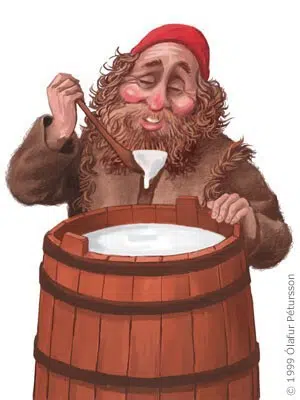
The awful Yule Lads
The most famous of these creatures that terrified children during old-time Icelandic Christmas were the thirteen Yule Lads, the downright despicable trolls who were the sons of the feared Grýla, she and her husband, Leppalúði. The Yule Lads played nasty tricks on children and stole their food. Grýla was said to kidnap and eat lazy or naughty children. Then there was their pet, the child-eating Christmas cat, which was said to be an enormous monster that would also eat ill-behaved children. People were also afraid of the hidden people who were now called ‘elves.’ They roamed around during the New Year, and people were convinced they needed to be appeased or bad things would happen. Providing a large plate of smoked lamb meat to the hidden people was customary in some places. When everything was ready for Christmas, sometimes the farmer’s wife would ritually say, “Come those who want to come, and those leave who want to leave without causing any harm to me or mine.” This was meant as a peace offering to the hidden people.
Combing your lice-infested hair for Christmas
Icelanders were not big on personal hygiene back then, and bathing was infrequent. However, people would clean their beds and underwear, wash up, comb their hair, and wear their best clothes to celebrate Christmas. On the plus side, the stench was a little more bearable on Christmas!
Housing was deplorable. When you think about an Icelandic turf house, you might think about the large turf houses that remain in Iceland and have been turned into museums. However, these large houses were the estates of the 1%. There were a few stone houses, but those “palaces” weren’t built until the late 18th or early 19th century. The 99% lived in small turf huts, which were small, cramped, dark, and often filled with smoke.
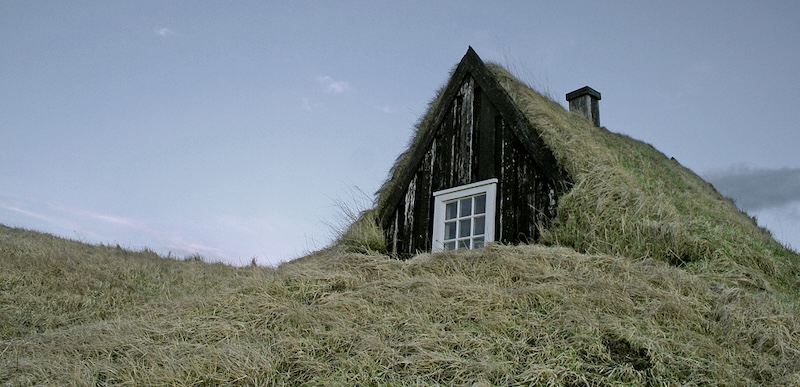
Grandpa didn’t glorify the past
My late grandfather, born in 1926, once told me about when he was sent to his uncle in the countryside to help on his farm when he was about six. His uncle had a traditional turf house in Eyjafjörður. My grandfather told me that he started every day by running outside from the dark and dank turf house (or hut) to get rid of the bugs that covered his body. He creepy crawlies were mainly lice, silverfish, and centipedes. When he told me this by his kitchen table, he shook his shoulders as a reflex from this unpleasant memory. Mind you, Grandpa was not a man who showed his feelings a lot! Grandpa and his family had it better than country folk; he grew up with his family in a timber house in Akureyri. Is family was relatively well off and had left the countryside for Akureyri to seek opportunities there. Like many others, that town grew from fishing and trade in the early 1900s.
Forget PlayStation; here is a bright tallow candle for you!
The darkness of an Icelandic turf hut made candles made from sheep tallow an otherworldly luxury during old-time Icelandic Christmas. People mostly used small lamps that burned liver oil from fish, birds, or whales. The result was a bad smell, poor lighting, and smoke. However, at Christmas, it was customary to give children tallow candles, and it must have been incredible for them to have many brightly burning candles in the dark semi-subterranean turf houses in which people lived through a long winter.
Christmas trees were nonexistent
It is hard to overstate what a luxury a tallow candle was. Sheep tallow (or fat) is highly nutritious and calorie-rich. Making it into candles is hard work, which consumes precious fuel. In modern terms, it is the equivalent of giving your kid a Playstation 5. Christmas trees did not appear until the 1800s.
Feed those little sheep herders properly once a year
It was also customary to feed children well during Christmas. One of my favorite Icelandic Christmas songs is about precisely that. The lyrics are, in my poor translation, something like:
Children should get bread to bite on Yule
Red clothes so they get out of bed
A large piece of a fat sheep that roamed the mountains and hills
Now old Grýla is dead, she gave up on the swings
Video from Youtube featuring the Icelandic folk band Þrjú á palli performing an traditonal Icelandic song: Það á að gefa börnum brauð –
This is nice since children were part of the workforce very early. Young children were often responsible for managing sheep herds and were expected to ensure the flock would return home to the last sheep. If a sheep were missing from the flock at the end of the day, there would often be hell to pay. If you have seen how skittish Icelandic sheep are, you will know this was a hard job for an adult, let alone a malnourished child. Consider this lullaby:
Bí, bí, and blaka, the swans sing.
I pretend I am sleeping, but I am still awake.
Bíum, bíum, bamba, little children roam.
To mountain peaks to look for lambs.
Imagine the uproar today if an eight-year-old would be seen alone chasing sheep on a mountain!
Video from YouTube featuring Valgerður Guðnadóttir singing an Icelandic lullaby: Bíum bíum bambaló
Shoes for all
Another treat for Icelandic kids was that they, and everybody else on the farm, would receive new shoes. These were called Christmas shoes, but unfortunately, getting new shoes would not reduce the risk of getting torn to pieces and devoured by a giant cat since the shoes did not count as new clothes.
Origins of a modern and fun custom
This might be the origins of a modern custom. Since there are thirteen Icelandic Yule lads, children put their shoes next to an open window thirteen days before Christmas instead of the one-round and jolly St. Nicholas, which now serves as the mascot of Christmas. Each of the thirteen Yule lads arrives in the realm of men on his chosen day. These days, they give little treats or gifts by placing them in the shoe by the window. Icelandic Yule lads have gone through a lot of self-improvement since the old days and are now really nice. They have also gotten a makeover and look similar to jolly old St. Nicholas. Perhaps they worked on their anger issues in therapy and decided to rebrand themselves.
Smoked lamb and smoked sheep belly for a real old-time Icelandic Christmas
On Advent day – the 24th of December – people would wash up, comb their hair, and wear their best clothes. Christmas starts at 18.00, and the farmer reads from the bible. hen, it was time for a feast. t would feature a smoked sheep’s belly (magáll), sausage, smoked lamb, perhaps 3 – 4 leaf bread, and maybe rice pudding.
Sad cakes
Leaf bread is deep-fried, thin, round cakes decorated with carved patterns. These fatty cakes are still popular in Iceland for Christmas, and I love them with smoked lamb and a lot of butter. However, they are one of the saddest forms of Christmas treats ever. Back then, there was little wheat or rye for making bread. Leave bread was supposed to be thin enough to read the bible through it. Nothing more tells you about the state of Iceland before modernity arrived properly with the arrival of Allied troops who occupied the country in World War 2.
Dinner is served. Enjoy your bony Ptarmigan
Sometimes, people would also get coffee and a primitive form of pancakes. But this depended on the food available. If people were down on their luck and had no sheep to slaughter for Christmas, they would catch and eat ptarmigans. This emergency Christmas food for poor people is now a delicacy and unmissable for many Icelanders. I find Ptarmigans a poor fare. There is not much meat on them, so the hassle of cooking these bony little birds is hardly worthwhile.
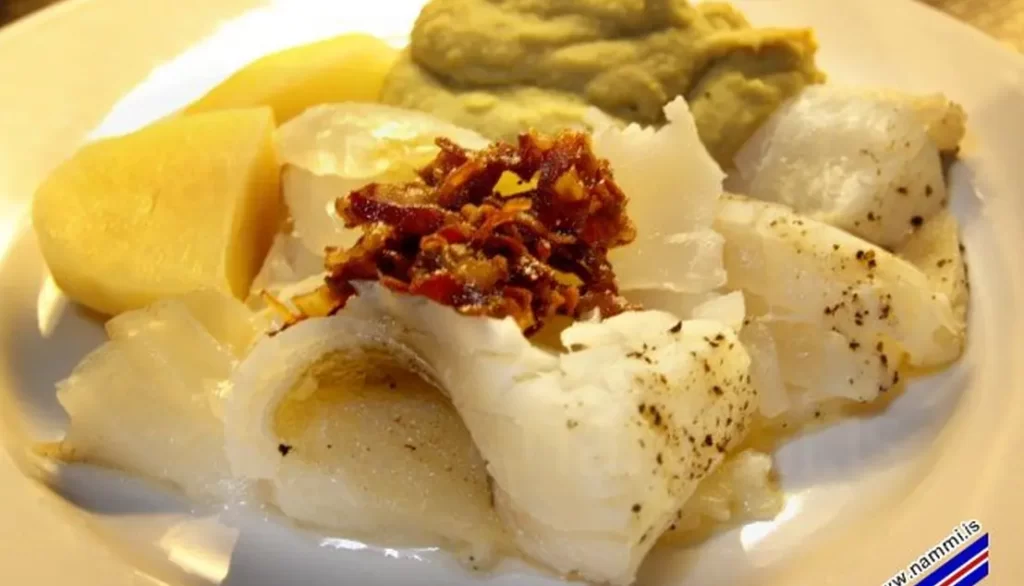
Smelly skate from the sweaty and hairy armpit of the devil
Fermented skate was traditionally served in the Westfjords on the mass of St. Thorlakur on 23 December. This tradition of eating skate on the day of the revered Saint Thorlakur is a holdover from Catholicism. In Catholicism, the advent used to be a time for fasting where meat was not on the menu. It is also practical to save food during the Yule festival run-up. The skate smells and tastes like I imagine stale urine does. The texture is that of soft, wet cartilage. Many Icelanders find this dish festive and unmissable on St. Thorlakur day. If you are in Iceland on the 23rd of December and smell something like radioactive fish, you just had the ‘privilege’ of smelling this awful dish.
No cheer at Christmas, please!
Tallow candles would surely light everything up, but that was the end of the cheer. Laying cards, arguing, dancing, or engaging in fun was forbidden during Christmas night. If you played cards, the devil would be sure to catch you. If you danced, the devil would sink the farm into the ground.
It is safe to say that the cheer and abundance of modern Christmas would have been absolutely bonkers to my forebears. I am grateful for having all the cheer and merry-making of modern Yule. I will enjoy it as much as possible.
Happy Winter Solstice to you!


